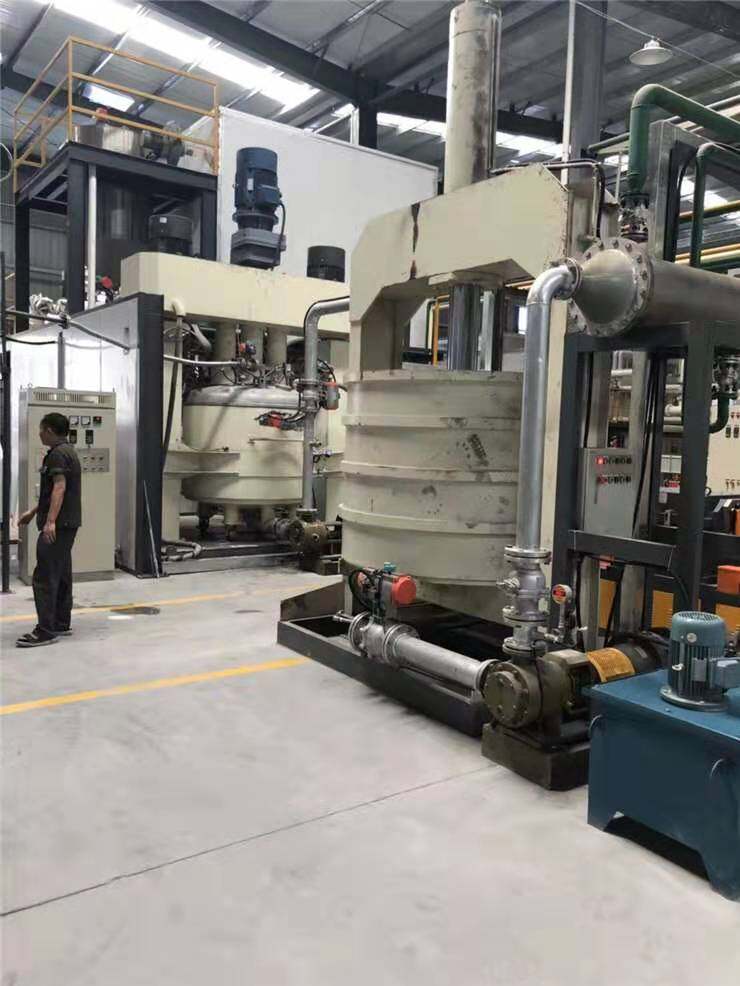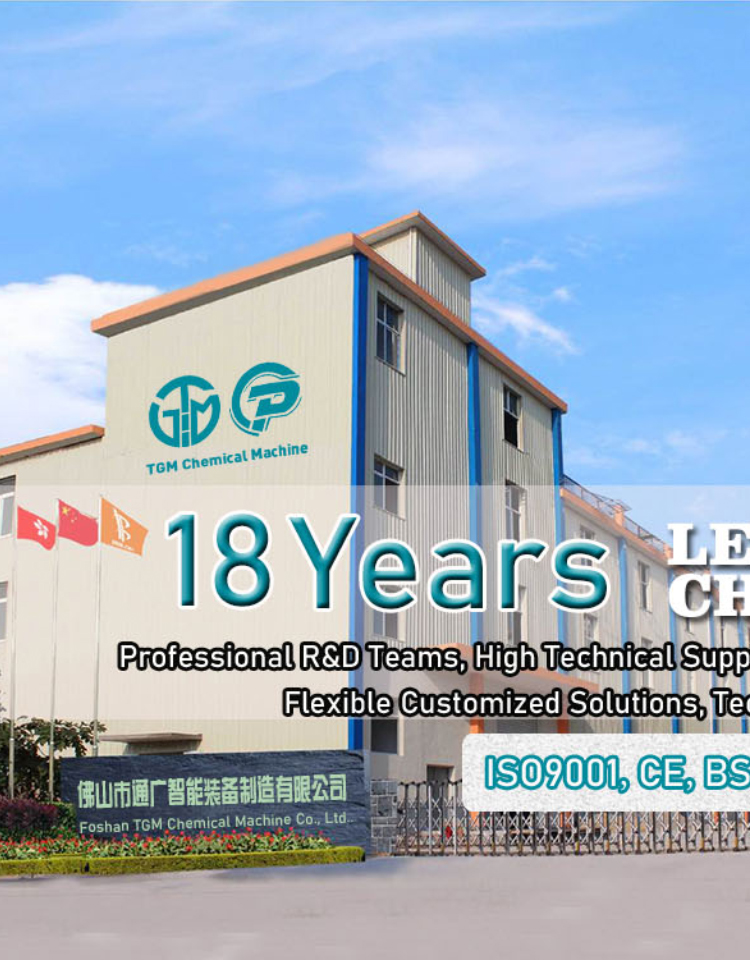Email cannot be empty
Password cannot be empty
Email format error
Email cannot be empty
Email already exists
6-20 characters(letters plus numbers only)
The password is inconsistent
Email format error
Email cannot be empty
Email does not exist
6-20 characters(letters plus numbers only)
The password is inconsistent


Silicone Sealant Production Line: Essential Insights for Manufacturers
The silicone sealant production line is at the heart of many manufacturing industries. From construction to electronics, silicone sealants play a crucial role in providing durability, flexibility, and adhesive strength. For companies looking to set up or optimize their production processes, understanding the intricacies of a silicone sealant production line is essential. This comprehensive guide explores every aspect of silicone sealant production, from its components to its applications, while seamlessly incorporating industry-relevant terms such as LED sealant production line and others.
What is a Silicone Sealant Production Line?
A silicone sealant production line is a specialized manufacturing setup designed to produce silicone-based adhesives and sealants. These sealants are widely used in applications like construction joints, automotive assembly, and electronics. The production line includes machinery for mixing, kneading, filling, and packaging the silicone sealant, ensuring a streamlined and efficient process.
The rise in demand for versatile sealants has also driven innovation in production technologies, leading to the development of automated systems. This shift has allowed manufacturers to enhance productivity and maintain consistent product quality.
Components of a Silicone Sealant Production Line
Every silicone sealant production line comprises several key components, each designed to perform specific tasks efficiently. Here's a breakdown of the main equipment:
1. Mixing and Kneading Machines
These machines blend raw materials like silicone polymers, fillers, and additives. Advanced models ensure homogeneity and reduce processing time, essential for high-quality production.
2. Extrusion Systems
Extrusion systems shape the sealant into its desired form, such as cartridges or bulk containers. This step is critical for ensuring product consistency across batches.
3. Packaging and Filling Equipment
Whether producing standard cartridges or specialized formats for LED applications, this machinery handles the accurate dispensing and sealing of silicone sealants.
4. Quality Control Units
Automated quality control systems check for viscosity, curing time, and other critical parameters to maintain high standards.
Applications of Silicone Sealants in Various Industries
Silicone sealants are known for their adaptability, making them a staple in several industries:
1. Construction Industry
Silicone sealants are widely used for weatherproofing, joint sealing, and glazing. Their flexibility ensures that buildings can withstand temperature fluctuations and structural movement.
2. Automotive Manufacturing
In automotive assembly, silicone sealants help seal engine components and windows, providing resistance to heat and vibration.
3. Electronics Industry
The electronics sector increasingly relies on silicone sealants for applications like LED displays and circuit boards. A related process involves an LED sealant production line, where specialized sealants are formulated to protect LEDs from moisture and heat.
Benefits of a Modern Silicone Sealant Production Line
1. Enhanced Productivity
Automated production lines significantly boost output while reducing labor dependency. Modern systems also allow for continuous operation, minimizing downtime.
2. Superior Quality Control
Advanced production lines come equipped with sensors and monitoring tools to ensure the consistent quality of sealants.
3. Cost Efficiency
By integrating automation, manufacturers can reduce waste, optimize material usage, and lower overall production costs.
Setting Up a Silicone Sealant Production Line
Setting up a silicone sealant production line requires careful planning and investment. Here’s what manufacturers need to consider:
1. Raw Material Procurement
Ensure a steady supply of high-quality silicone polymers, fillers, and additives to meet production demands.
2. Choosing the Right Machinery
Invest in machines that align with production goals. For example, if the target market includes LED sealants, prioritize equipment designed for precision and specialized formulations.
3. Workforce Training
Even with automation, skilled workers are needed to operate and maintain machinery. Proper training ensures smooth operations and reduces downtime.
4. Compliance with Regulations
Adhering to environmental and safety standards is crucial. Many governments impose strict regulations on the production and disposal of chemical-based products.
Technological Innovations in Silicone Sealant Production
The silicone sealant industry has seen numerous technological advancements. Here are some notable trends:
1. Automation and AI Integration
Automated systems equipped with AI can monitor production lines, predict maintenance needs, and optimize workflows.
2. Eco-Friendly Formulations
Manufacturers are shifting towards sustainable sealants with reduced VOC (Volatile Organic Compounds) to meet environmental regulations.
3. Specialty Sealants for LEDs
The LED sealant production line represents a growing niche, focusing on products that offer enhanced thermal and moisture resistance for LED applications.
Challenges in Silicone Sealant Production
While the industry offers immense potential, manufacturers face several challenges:
1. Raw Material Price Volatility
Silicone and other raw materials are subject to market fluctuations, impacting production costs.
2. Maintaining Consistency
Achieving uniform viscosity and curing properties across batches can be difficult without high-quality equipment and controls.
3. Meeting Diverse Industry Demands
From construction to electronics, each industry has unique requirements, necessitating flexible production setups.
Future Prospects for Silicone Sealant Production
The demand for silicone sealants is expected to grow significantly, driven by urbanization, infrastructure development, and advancements in electronics. Innovations highlight the industry's adaptability to emerging needs.
Manufacturers investing in advanced production lines, eco-friendly formulations, and market-specific products will likely thrive in this competitive landscape.
Conclusion
A silicone sealant production line is a vital asset for manufacturers aiming to cater to diverse industries. By embracing technological advancements and addressing market demands, companies can position themselves as leaders in this dynamic field.
Whether producing standard construction-grade sealants or specialized products for LED applications, the key lies in innovation and efficiency. Investing in a modern silicone sealant production line ensures not just profitability but also a sustainable and competitive edge.

